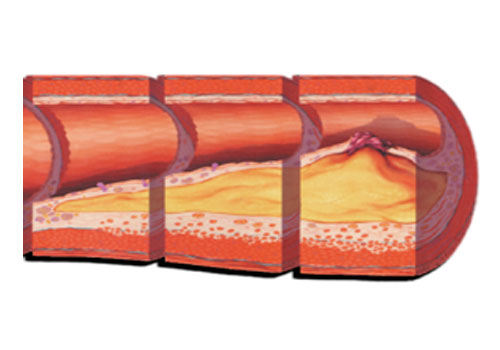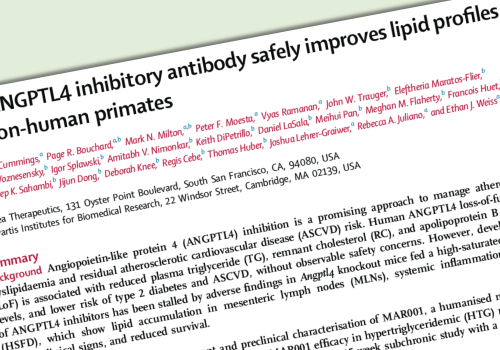
Results of two recent studies linking elevated remnant cholesterol (RC) to premature mortality and atherosclerotic cardiovascular disease (ASCVD) have raised the question of whether RC should be included in risk stratification and as a treatment target.1,2
In an analysis of UK Biobank data on a total of 428,804 participants, an equivalent populations percentile approach based on LDL-C cut-off points was used to categorise participants into three RC groups: low (mean RC of 0.34 mmol/L), moderate (0.53 mmol/L), and high (1.02 mmol/L).1
During a median 12.1 years of follow up (Q1 – Q3: 11.0 – 13.0), 23,693 all-cause premature deaths were documented, with an incidence of 4.83 events per 1,000 person-years (95% confidence interval [CI]: 4.77 – 4.89). Compared with low RC, moderate RC was associated with a 9% increased risk of all-cause premature mortality (hazard ratio [HR] = 1.09, 95% CI: 1.05 – 1.14), while the high RC group had an 11% higher risk (HR = 1.11, 95% CI: 1.07 – 1.16). At the age of 50 years, women with high RC had an average 2.2 years of lower life expectancy than those with low RC, and men had an average 0.1 years of lower life expectancy.
The researchers concluded that premature death in the general population would benefit from RC measurement to aid risk stratification and proactive RC management to improve CV risk prevention efforts.
A second study investigated whether elevated RC was associated with increased risk of ASCVD in 4,569 individuals with diabetes (58% statin users) nested within the Copenhagen General Population Study (2003-2015).1
During up to 15 years follow-up, 236 individuals were diagnosed with peripheral artery disease (PAD), 234 with myocardial infarction (MI), 226 with ischaemic stroke and 498 with any ASCVD. Multivariable adjusted HR (95% CI) per doubling of RC was 1.6 (1.1, 2.3; p=0.01) for PAD, 1.8 (1.2, 2.5; p=0.002) for MI, 1.5 (1.0, 2.1; p=0.04) for ischaemic stroke, and 1.6 (1.2, 2.0; p=0.0003) for any ASCVD.
Excess risk conferred by diabetes was 2.5-fold for PAD, 1.6-fold for MI, 1.4-fold for ischaemic stroke and 1.6-fold for any ASCVD. Excess risk explained by elevated RC and low-grade inflammation was 14% and 8% for PAD, 26% and 16% for MI, 34% and 34% for ischaemic stroke, and 24% and 18% for any ASCVD, respectively. LDL-C did not explain excess risk, as it was not higher in individuals with diabetes.
The researchers concluded that randomised controlled trials will be needed to determine whether RC should be used as a treatment target.
References
- Li L, Lai J, Zhang J et al. Remnant cholesterol and risk of premature mortality: An analysis from a nationwide prospective cohort study. Eur Heart J Qual Care Clin Outcomes 2023 Dec 14:qcad071.
- Wadström BN, Pedersen KM, Wulff AB et al. Elevated remnant cholesterol and atherosclerotic cardiovascular disease in diabetes: a population-based prospective cohort study. Diabetologia 2023 Dec;66(12):2238-2249.







